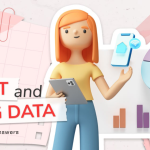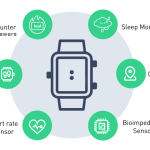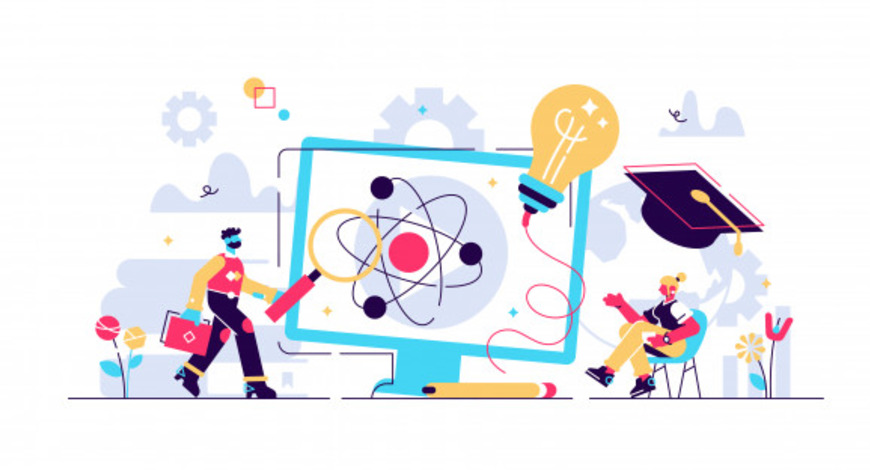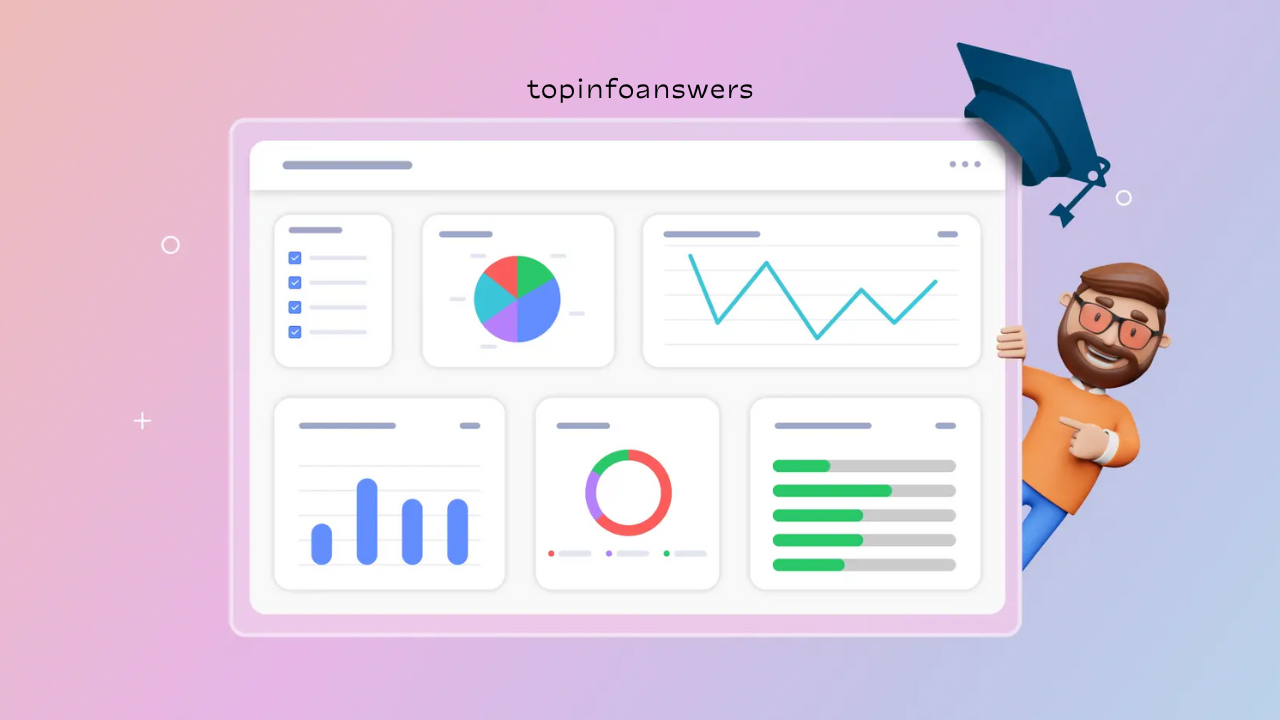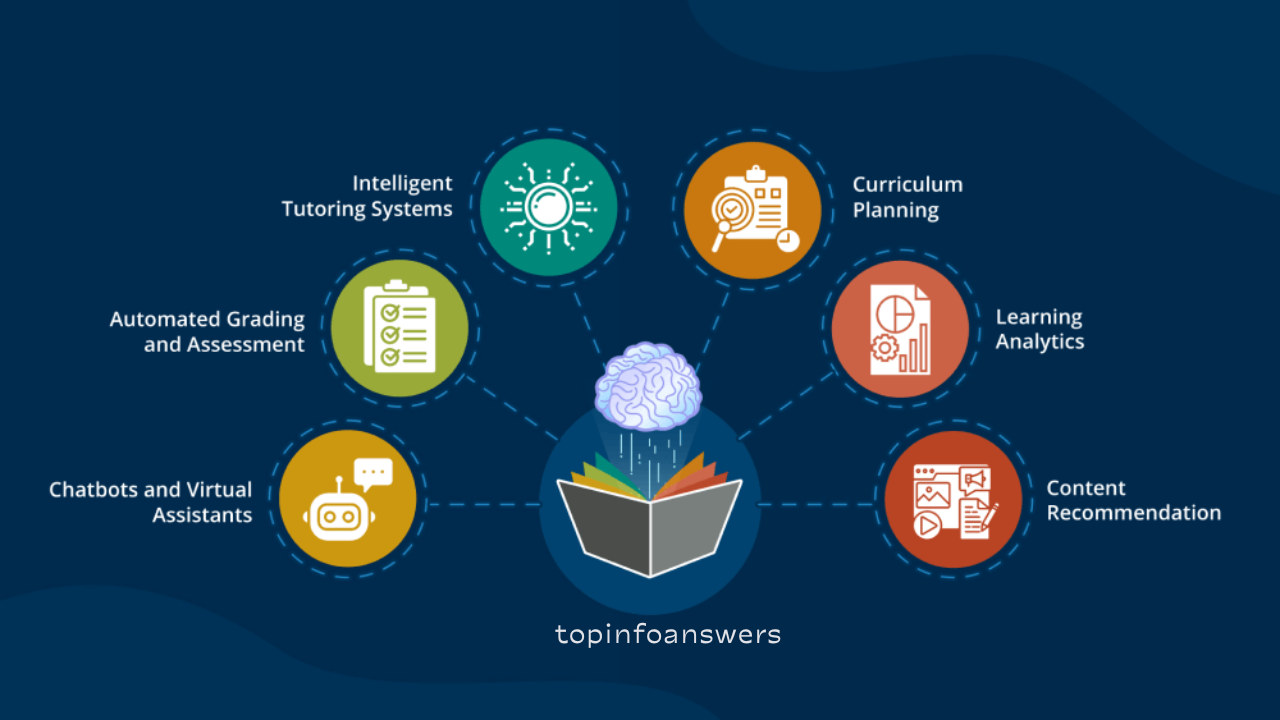In the 21st century, digital literacy has become a fundamental skill alongside reading, writing, and arithmetic. With technology permeating every aspect of daily life, from communication and education to commerce and entertainment, it is crucial that students develop the ability to navigate the digital world safely and effectively. Schools must prioritize digital literacy to equip students with the knowledge and skills necessary to succeed in an increasingly tech-driven society.
This article explores why digital literacy should be a top priority in schools, highlighting its importance for academic success, career readiness, online safety, critical thinking, and responsible digital citizenship.
1. What Is Digital Literacy?
Digital literacy encompasses a broad range of skills that enable individuals to effectively use digital technologies. It includes:

- The ability to use computers, smartphones, and the internet
- Understanding how to evaluate online information for credibility
- Navigating digital communication platforms responsibly
- Awareness of online safety and cybersecurity measures
- The ability to create digital content such as videos, blogs, and presentations
Developing digital literacy means students can confidently engage with technology, ensuring they are prepared for future challenges and opportunities.
2. Enhancing Academic Success
Modern education increasingly relies on digital tools. Digital literacy is essential for students to:
- Access and use online learning resources such as e-books, academic journals, and video tutorials
- Utilize educational apps and platforms for research, assignments, and collaboration
- Develop digital note-taking and organizational skills
- Engage in virtual classrooms and remote learning effectively
Students who lack digital literacy struggle with navigating learning management systems, conducting online research, and participating in virtual discussions, putting them at a disadvantage compared to their peers.
3. Preparing Students for the Workforce
In today’s job market, digital skills are highly sought after. Employers expect proficiency in basic technological applications and digital communication tools. Digital literacy in schools ensures students:
- Develop familiarity with productivity tools like Microsoft Office and Google Workspace
- Learn coding, data analysis, and other technical skills relevant to various industries
- Understand digital collaboration through platforms like Slack, Trello, and Zoom
- Gain experience with online job searches and professional networking on platforms like LinkedIn
Without a solid foundation in digital literacy, students may struggle to compete in an evolving job market that values tech-savvy candidates.
4. Promoting Online Safety and Cybersecurity Awareness
Cyber threats are a growing concern, with risks such as identity theft, cyberbullying, and misinformation becoming more prevalent. Digital literacy education helps students:
- Recognize phishing scams and online fraud
- Understand the importance of strong passwords and secure browsing
- Protect their personal information on social media and websites
- Identify and respond to cyberbullying incidents
Schools that teach digital literacy empower students to use the internet safely and responsibly, reducing their vulnerability to online threats.
5. Developing Critical Thinking and Information Evaluation Skills
The internet is filled with both credible and misleading information. Without proper digital literacy, students may fall prey to misinformation and fake news. Digital literacy fosters:
- The ability to fact-check sources and discern credible information
- Awareness of bias and manipulation in digital media
- Skills to analyze data and interpret online statistics accurately
- The capability to differentiate between legitimate and sensationalist content
By prioritizing digital literacy, schools help students become informed consumers of digital content, ensuring they develop strong critical thinking skills.
6. Encouraging Responsible Digital Citizenship
Digital literacy is not just about using technology; it is also about using it ethically. Schools should teach students:
- The impact of their digital footprint and online reputation
- The importance of respecting intellectual property and copyright laws
- How to engage in constructive and respectful online discourse
- Ethical considerations regarding data privacy and artificial intelligence
Instilling these values ensures students contribute positively to digital communities and use technology responsibly.
7. Bridging the Digital Divide
The digital divide—the gap between those who have access to technology and those who do not—remains a significant issue. Schools can help bridge this gap by:
- Providing students with access to computers, tablets, and internet connectivity
- Integrating digital literacy training into all subjects, not just computer science
- Partnering with organizations to offer digital skills workshops and certifications
By ensuring all students, regardless of socioeconomic background, develop digital literacy skills, schools create a more equitable learning environment.
8. Adapting to Technological Advancements
Technology is constantly evolving, and schools must prepare students to adapt to emerging trends such as:

- Artificial intelligence and machine learning
- Virtual and augmented reality in education
- Blockchain technology and digital finance literacy
- Automation and the future of work
A curriculum that emphasizes digital literacy ensures students stay ahead of technological changes, making them adaptable learners throughout their lives.
9. Empowering Students for Personal Growth
Beyond academics and careers, digital literacy plays a significant role in personal development by helping students:
- Discover new interests and hobbies through online platforms
- Access mental health resources and support networks
- Improve communication skills through digital storytelling and content creation
- Engage in social activism and civic engagement using digital tools
Equipping students with digital skills empowers them to leverage technology for personal and societal growth.
In an increasingly digital world, schools must prioritize digital literacy to prepare students for academic success, career readiness, online safety, and responsible digital engagement. By integrating digital literacy into the curriculum, educators can equip students with the skills needed to navigate the complexities of the digital landscape. As technology continues to evolve, the ability to use it effectively and ethically will be one of the most valuable assets a student can have. Investing in digital literacy today ensures a brighter, more informed, and capable generation for the future.
How E-Learning Can Benefit Students with Learning Disabilities
Call to Action: Schools, educators, and policymakers must recognize the urgency of digital literacy education. By making it a top priority, we can create a generation that is not only digitally competent but also responsible and innovative in their use of technology.

